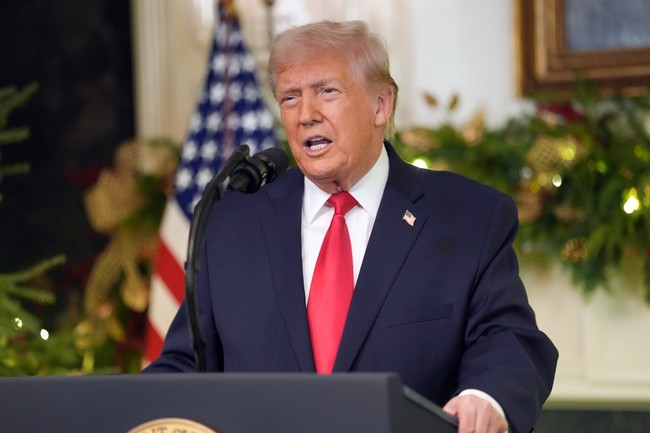
Local ABC affiliate KSTP-5 TV is out with a poll on fraud in Minnesota. They find,
Our survey asked: Do you think fraud in state programs is the biggest problem in Minnesota?
From a group of 578 registered voters, 79% say it’s either the biggest problem or a major problem.
How about our governor?
Another question asked was: Has Gov. Tim Walz done enough to stop fraud in Minnesota?
Fourteen percent say that he’s done enough, while 69% say he needs to do more.
And the legislature?
The survey also asked if the Legislature has done enough — 11% say yes, and 74% say they need to do more.
Digging into the cross tabs, “moderates” (33 percent of respondents) lean towards Republicans on the issue.
On the Walz question, about half of liberals/Democratic voters say he needs to do more on fraud.
Developing…
[Note: an earlier version of this post appeared at AmericanExperiment.Org.]
From SkyNews,
UK’s ‘sons and daughters’ need to be ready to fight, amid growing Russian threat, says head of armed forces.
Why? They report,
There is a growing risk that Russia could attack the UK, and the nation’s “sons and daughters” need to be ready to fight, the head of Britain’s armed forces has said.
The whole thing brings to mind the classic Marx Brothers’ film Duck Soup (1933). Groucho plays the newly-installed prime minister of the fictional nation Freedonia, on the brink of war their the neighbor and archenemy Sylvania. Groucho sings,
Then it’s war!
Gather the forces!
Harness the horses!
It’s war!
Why on earth would Putin want to attack the British Isles?
I’m no expert, but I keep getting told that Russia is on the brink of collapse, its birth rate near nonexistent and its military hollowed out after years of misadventure in Ukraine.
SkyNews tells me the opposite,
In an extraordinarily blunt intervention, Air Chief Marshal Sir Richard Knighton warned that Russia’s military strength is increasing and is something to fear, with Russian troops now battle-hardened after spending the past nearly four years waging a full-scale war in Ukraine.
As for Britain, Sir Richard tells us,
He continued: “Sons and daughters. Colleagues. Veterans. …will all have a role to play.
What sons and daughters? The U.K birth rate is hardly any better than Russia’s. And, how do I put this, the sons of England these days don’t seem likely to jump to the defense of this sdeptred isle, this blessed plot. Perhaps another plot, but not this one.
The land of Richard II, Henry VIII, and Winston Churchill still lies across a channel northwest of France. But it is no longer the same place.
But I wish them all the luck.
